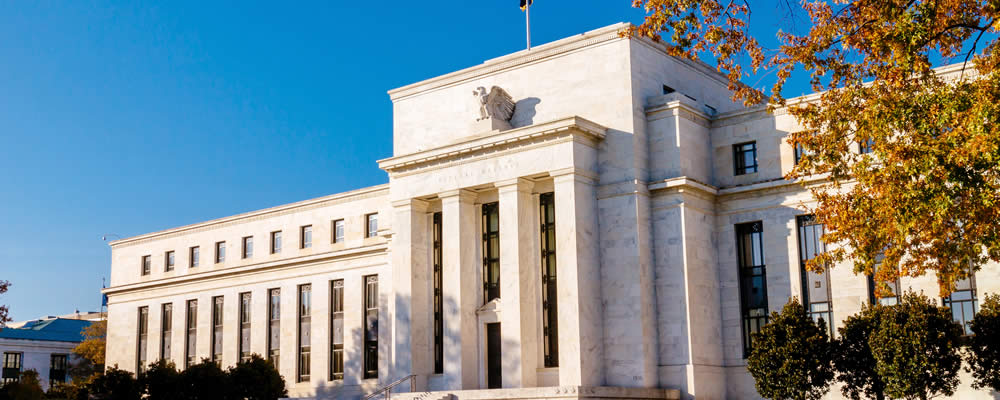Anticipation ahead of a big change in the US monetary policy outlook this evening is keeping the EUR NZD exchange rate at 1.5673.
Euro Inches Lower as Markets Pause Before US Monetary Policy Meeting
The Euro is largely on the decline this afternoon as markets await the latest developments in the United States.
The US Federal Open Market Committee (FOMC) will announce its latest monetary policy decisions this evening.
No changes are expected to interest rates and, considering there is no post-meeting press conference after the July meetings, it is unlikely that there will be any updates on plans to reduce the balance sheet; a process known as ‘quantitative tightening’.
With the odds of another interest rate hike from the Federal Reserve this year hanging in the balance, this policy meeting has the potential to tip the scale, either in favour of, or against, further tightening.
This would have a significant effect on the US Dollar and, because the two share a negative correlation, the Euro by extent.
Investors therefore have an incentive to wait until the latest changes to the monetary policy outlook have been revealed before adjusting their positions on the common currency.
Trade Data Boosts New Zealand Dollar, but RBNZ McDermott Suggests Gloomy Interest Rate Outlook
The New Zealand Dollar continues to find support from last night’s positive trade balance figures.
While the value of imports fell in June from NZ$4.84 billion to NZ$4.46 billion, export volumes only weakened from NZ$4.92 billion to NZ$4.70 billion.
This meant that the trade surplus rose to NZ$242 million, beating forecasts of NZ$150 million by almost NZ$100 million.
May’s surplus, like the rest of the trade figures, was revised lower, however, clocking in at NZ$74 million after initially being estimated in the region of NZ$100 million.
The year-to-date trade deficit shrank from -NZ$3.79 billion to -NZ$3.36 billion; almost NZ$20 million lower-than-expected.
However, the New Zealand Dollar has been prevented from making further gains due to a speech delivered by Reserve Bank of New Zealand (RBNZ) Assistant Governor John McDermott before the trade data was published.
McDermott commented that the RBNZ’s measure of inflation suggested core prices were growing at 1.4% – significantly below the target.
He also claimed that the current level of interest rates were less stimulatory than the RBNZ had thought prior, indicating that policymakers are in no rush to raise borrowing costs in the near-term.
McDermott also noted that the neutral interest rate – the level that borrowing costs should be at in order to maintain a healthy economy without overly stimulating or under-restraining it – has now fallen from 4% to 3.5%.
EUR/NZD Exchange Rates Forecast; US Monetary Policy Decisions to Create Turbulence
Both the Euro and the New Zealand Dollar stand to benefit from a weaker US Dollar, or will see higher demand for the ‘Greenback’ pressuring them lower.
Therefore both will be subjected to the same upside or downside pressures resulting from the latest FOMC meeting.
However, because the Euro has a stronger link to the US Dollar (EUR/USD and USD/EUR are the world’s most traded currency pairs), the common currency could be more sensitive to changes in the US policy outlook.
Whichever way the US developments push the currencies, it is likely the Euro will end up being the half of the pair affected to a greater extent.



